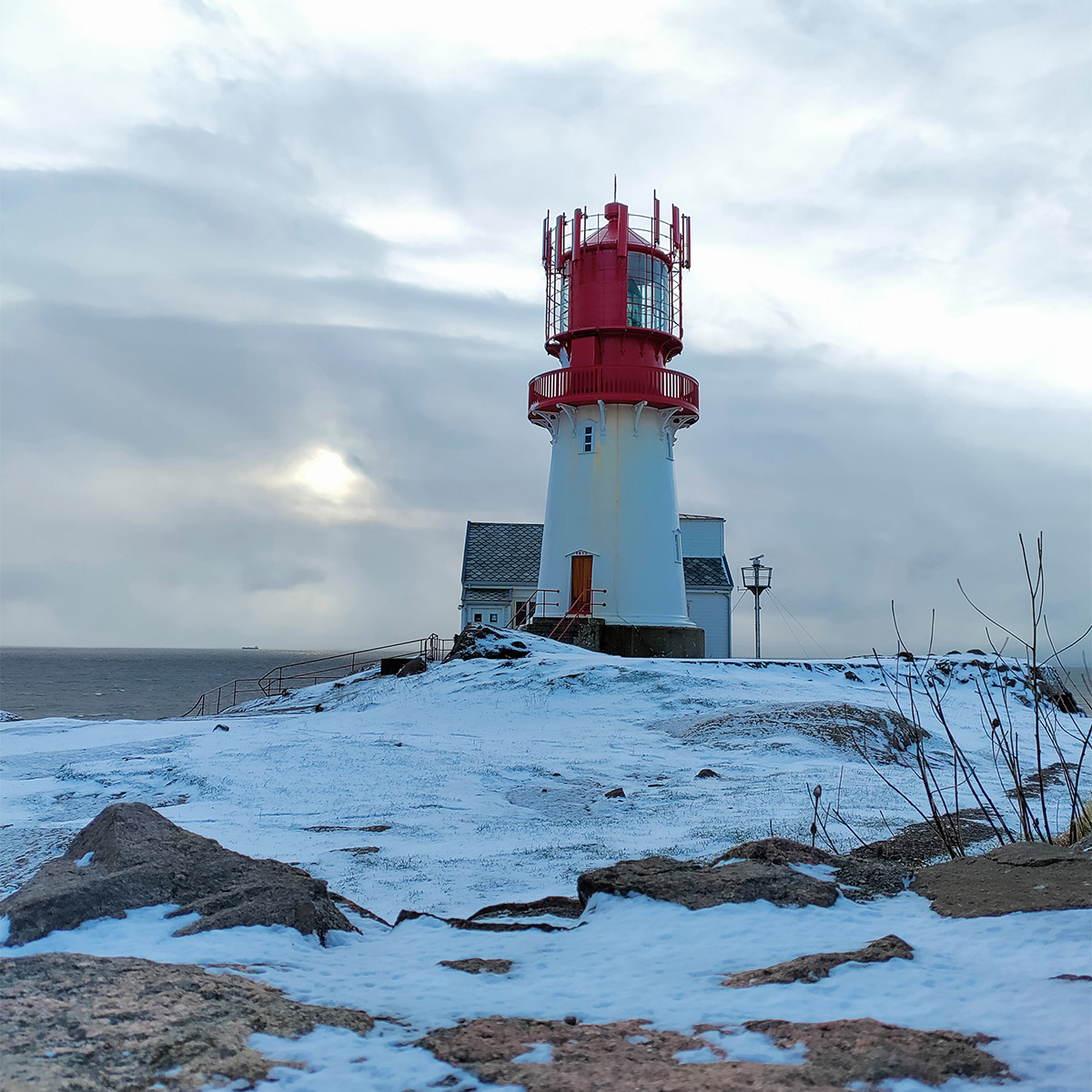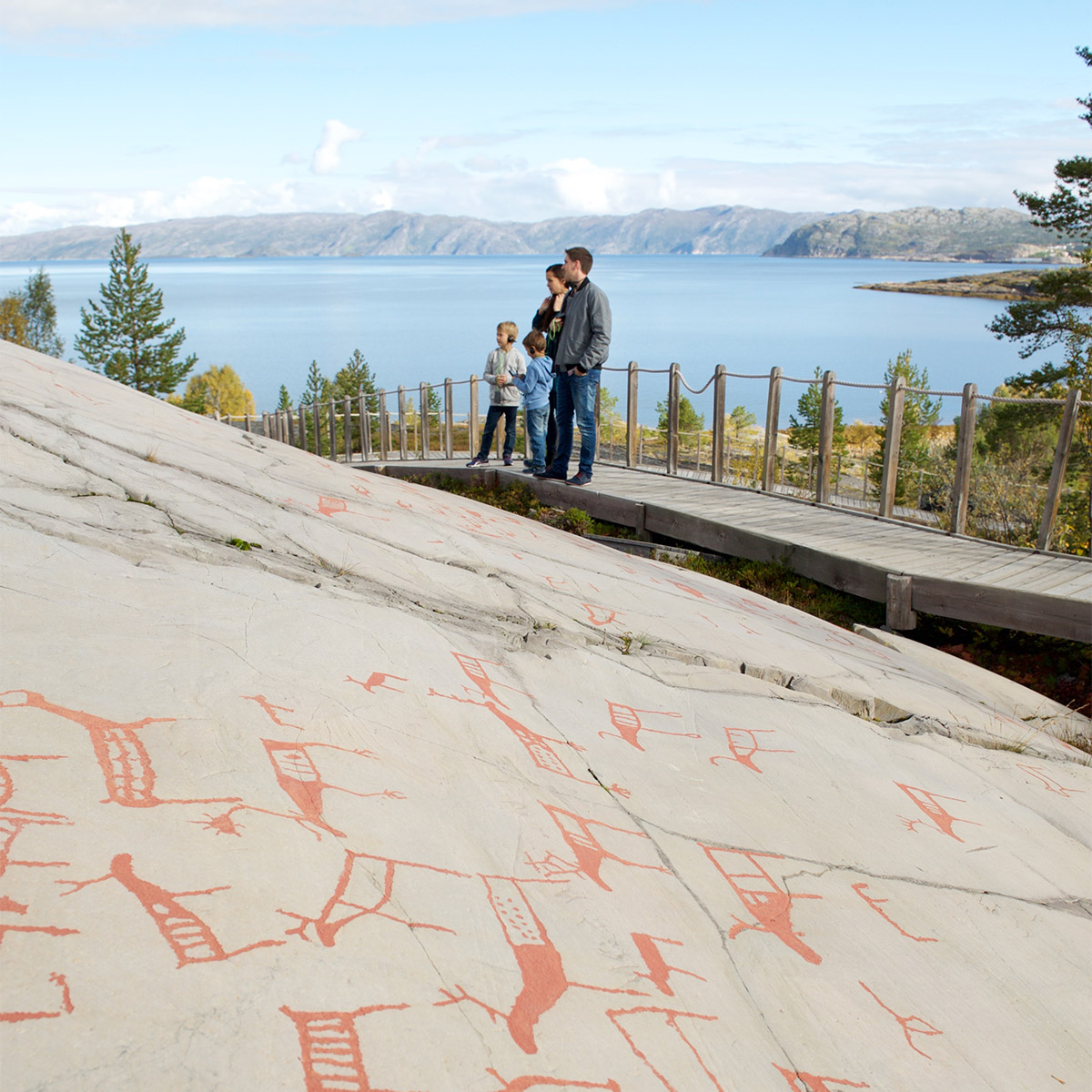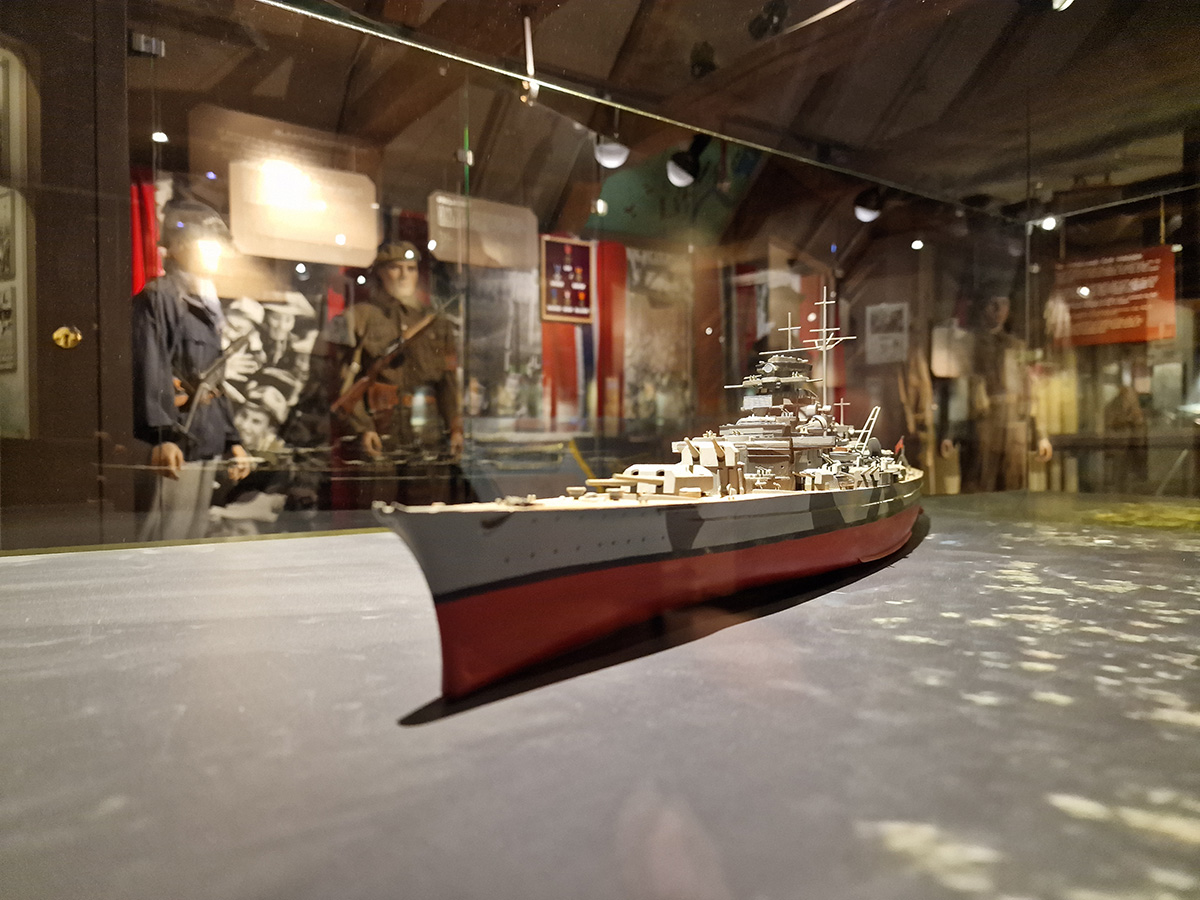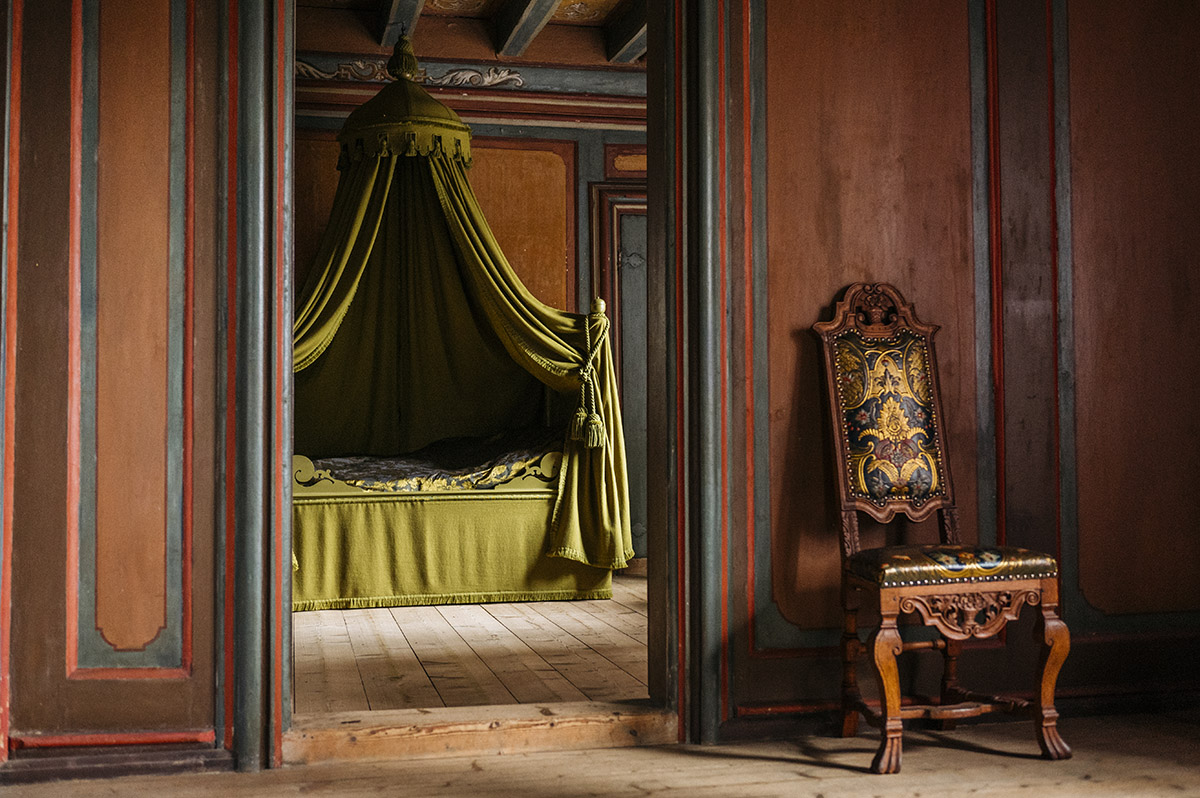Vasa Museum – A time capsule of culture, engineering and the sea
Text: Linnea Dunne | Photos © Anneli Karlsson / Swedish National Maritime and Transport Museums
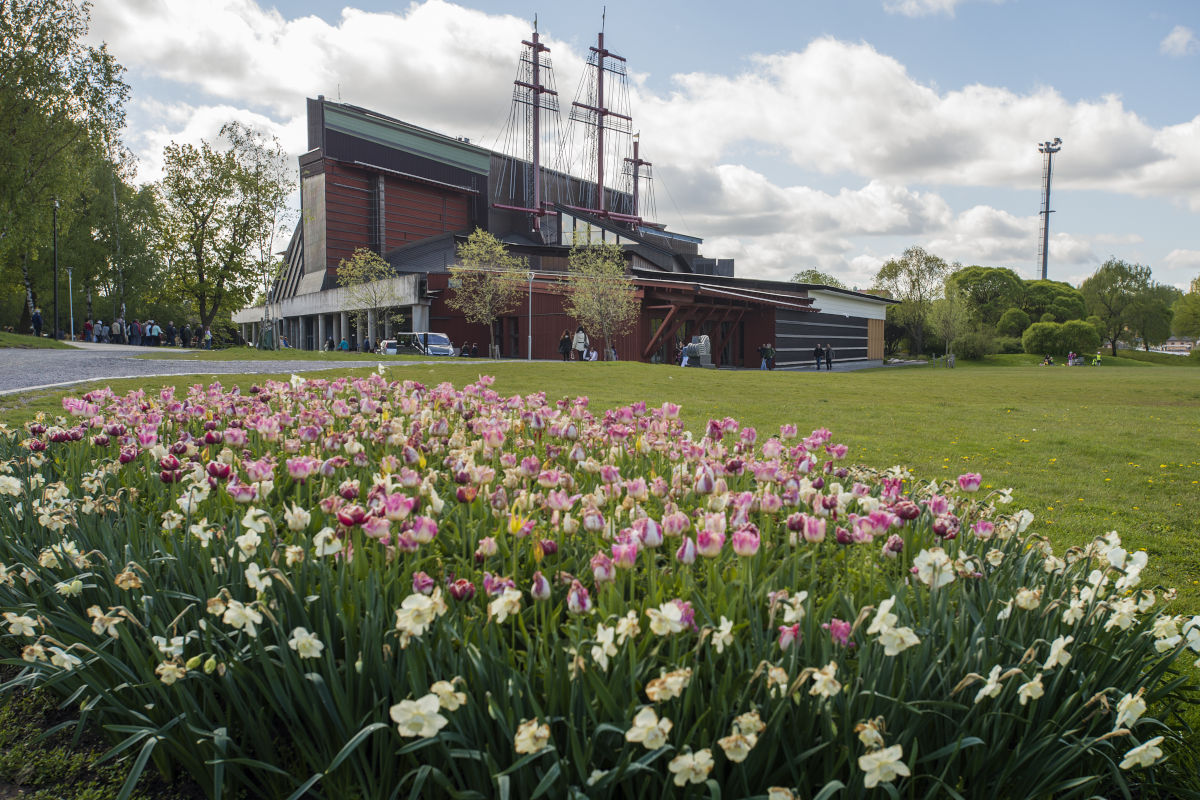
With masts rising tall from her home in Djurgården, the Vasa ship is a real landmark in the Swedish capital. But the salvaged 17th-century ship that never made it past her maiden voyage boasts more than just impressive engineering and beautiful craftsmanship: she is also a window to a very different time and culture.
“Visiting the Vasa Museum is like going on a journey through time, like peeking through to the 1600s,” says Catrin Rising, communications manager at the Vasa Museum. “Just walking through the doors and seeing her in all her glory, being hit by that particular smell… It’s really powerful – even for me, and I work here every day!”
That the tragic destiny of Vasa turned into a success story is quite the lucky coincidence. She only made it 1,300 metres before she sank during her maiden voyage in 1628, spending over 300 years at the bottom of the sea; but thanks to the brackish water of the Baltic Sea, she was well preserved, as the type of mussel that eats into the wood can only survive in salt water. Then persistent wreck researcher Anders Franzén came along, finding the first piece of the ship in 1956 – and after five years of preparation, she was finally salvaged.
“The stories of the build and the ship and the people on board, those are all obviously truly fascinating things – but the salvaging story is quite remarkable too,” says Rising, adding that there is a small exhibition at the museum dedicated to exactly this. “Sweden was at the forefront of engineering at the time, and in a way, the fact that Vasa could be salvaged at all is an extraordinary testament to the true engineering artistry on display. If the ship had been discovered at a different time, later on, she might not be here today – but there was this amazing enterprising spirit in Sweden during the late ‘50s. Moreover, Franzén wasn’t just a gifted entrepreneur; he was a skilled lobbyist too, capable of convincing the right people that this was a good idea and that Vasa needed to be salvaged.”
Writing women’s history
Most exhibitions at the Vasa Museum – that about the salvaging of the ship included – are permanent, but there is one temporary exhibition on display at the moment, which was due to finish up in the next couple of months but has been extended and will be available for another year at least: Vasa’s Women. “In the past, it was believed that women weren’t allowed on board the ship, but we know now that that wasn’t the case,” says Rising. “They’ve been invisible for a long time, but not because they weren’t there – it’s just that history wasn’t written about them.”
With the stories of four women, the Vasa Museum is changing that. There is Brita Gustavsdotter Båth, the landowner and wood supplier at Ängsö Castle who sold timber to the shipyard where Vasa was constructed – so successful, that she is regularly referred to by her own name, as opposed to as somebody’s wife, which was otherwise commonly the case back then. Then there is Margareta Nilsdotter, the head and property manager of the Stockholm shipyard who, when her husband passed away, assumed responsibility for the construction of Vasa and Skeppsgården, Sweden’s second largest employer at the time. “She was a complicated person who left a hodgepodge of unfinished business behind her when she died. In the words of the head of research, ‘not a very nice person’,” Rising laughs.
The other women in the exhibition, Beata and Ylva, were on board the Vasa ship when she sank – the former believed to have been a guest, and the latter likely a working-class woman, quite possibly a waitress on the ship.
Almost 400-year-old symbols and stories
From the people on board to the items found and restored, Vasa is a remarkable history guide indeed. In addition to the social and cultural clues hidden in the nooks and crannies of the impressive build, Rising suggests paying attention to the interesting symbols found in various parts of the wood. “She really is an art treasure, full of fantastic sculptures and symbols,” she explains. “You can take a guided tour to learn about the stories behind the symbols, or explore and ponder yourself. Down at the beakhead, for example, where the staff toilets were situated, there is a sculpture of a man crouching down under a table. He’s supposedly a Polish man, and Sweden was at war with Poland at the time, so this is supposed to be degrading and humiliating for those who have to look at him. The figurehead, meanwhile, is a lion, likely referring to the king who was called the Nordic Lion. Leading up to the lion, there is a row of Roman emperors in chronological order, which would logically end with Emperor Augustus – but instead, the lion is there. The king is supposed to have said something along the lines of, ‘let’s skip Augustus and place the Nordic Lion at the top instead’, which perhaps says a thing or two of his self-image…”
Her immediate beauty may be striking, but she is a true time capsule indeed – and this, Rising believes, is one of the museum’s most fascinating aspects. “To get so close to the lives of those who built and travelled on board the Vasa ship, to these stories of almost 400 years ago – it’s quite thrilling.”
Facebook: Vasamuseet Twitter: @thevasamuseum Instagram: @vasamuseet vasamuseet.se
Subscribe to Our Newsletter
Receive our monthly newsletter by email

